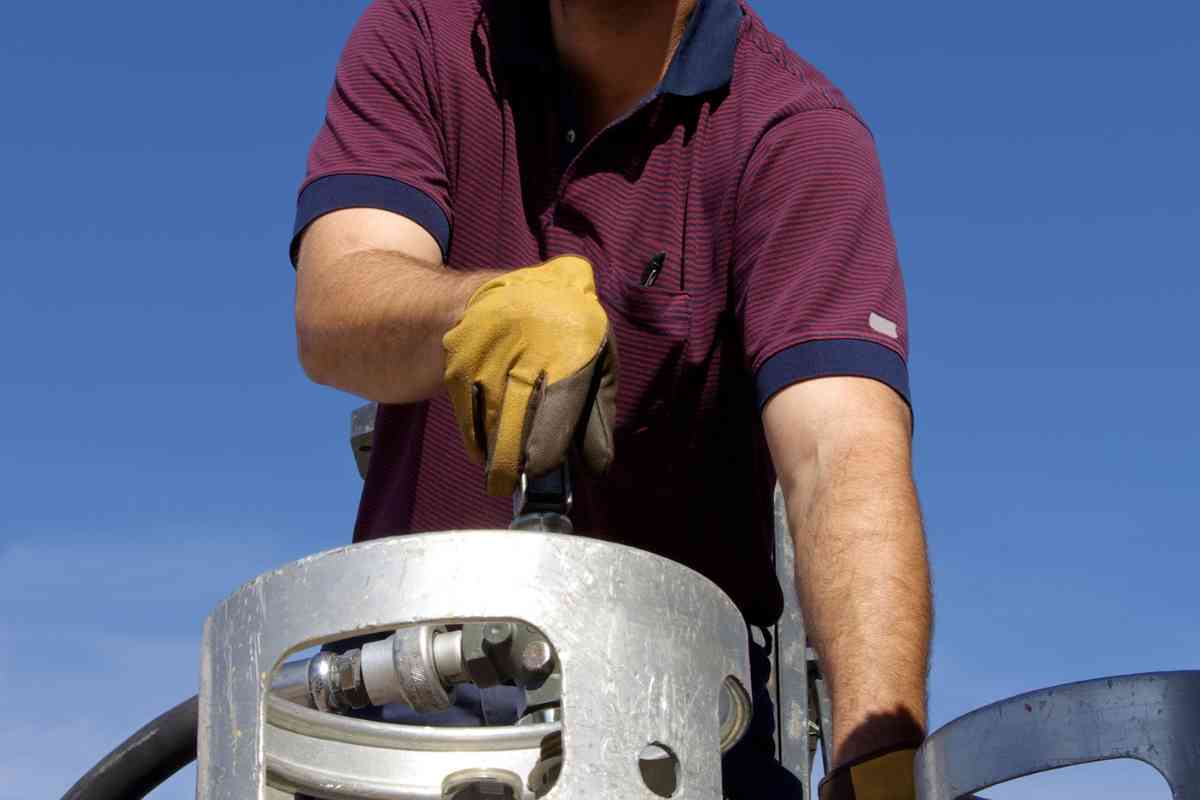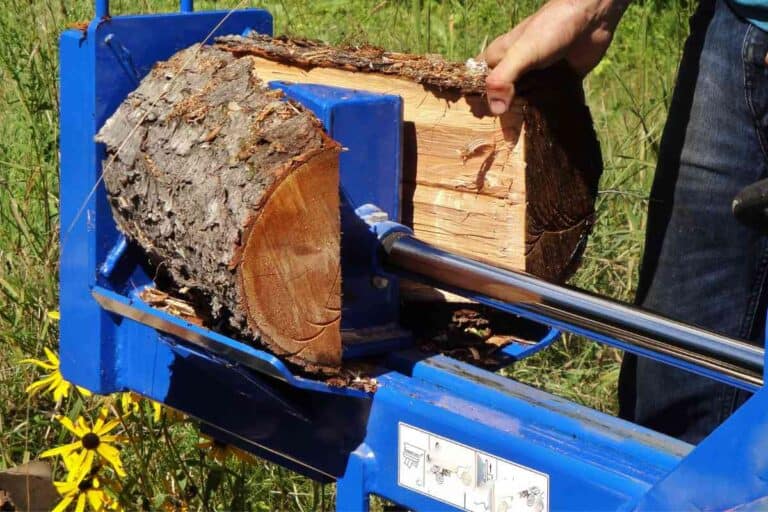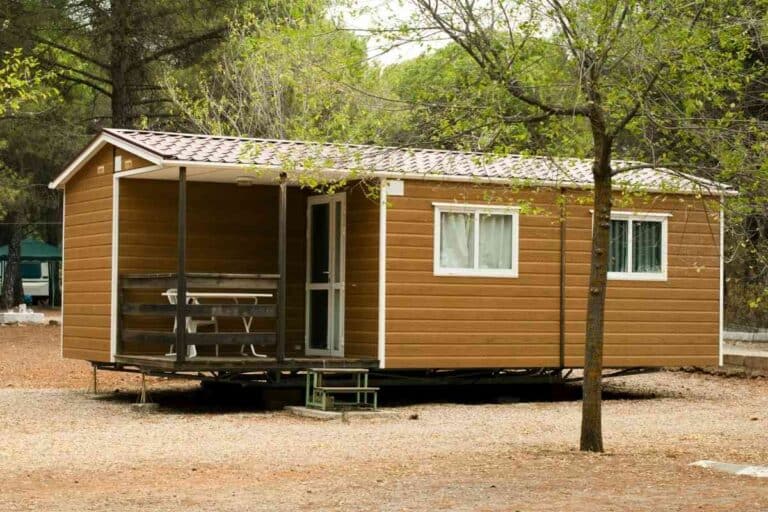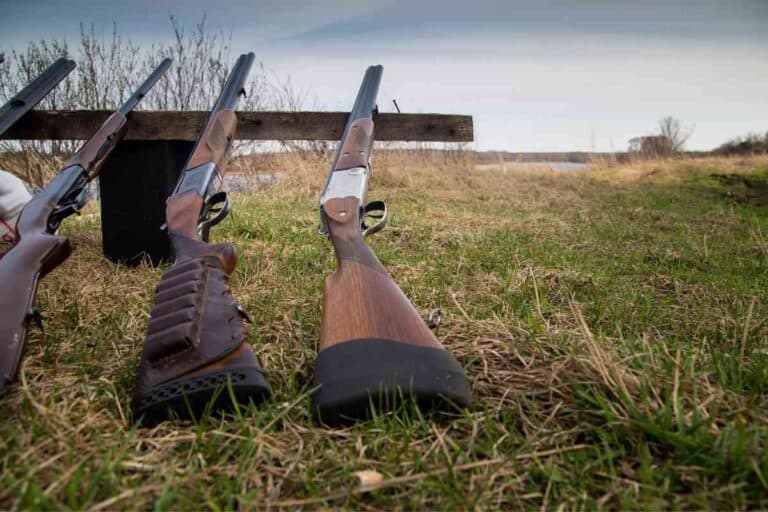Will An Overfilled Propane Tank Leak?
A propane tank may be filled with excess gas, which may pose some dangers. Being aware of those dangers is key to keeping yourself and your family safe around propane tanks.

Will an overfilled propane tank leak?
Overfilling a propane tank poses serious safety risks, and that includes leakages. It causes propane to expand and potentially increase the pressure inside the tank. Once the tank’s pressure is too high, a leak may occur and, in severe cases, may result in an explosion.
During my research, I interviewed the staff at a propane filling station; safety is their top priority. They informed me of propane tanks’ safety risks, and overfilling was a significant risk.
Can You Overfill Your Propane Tank?
Have you ever had your propane tank overfilled? It happens. You may only realize it once it is time to use it.
Propane tanks are designed to hold a specific amount of gas, and attempting to fill it beyond capacity can cause several dangers. The propane filling rule states that you should only fill your tank within 80% capacity.
However big or small your tanks, the 80% fill rule applies. Therefore, it is essential to figure out what capacity 80% would be for your propane tank size.
It is crucial to follow the manufacturer’s instructions and stop filling the tank once you have achieved the recommended capacity.
What Are the Dangers of Overfilling Propane Tanks?
It is not recommended to overfill a propane tank due to the following safety risks.
Gas Leakage
If you overfill your propane tank, the excess gas will start leaking. Generally, propane gas expands with heat. Therefore, your tank needs more room for expansion once you overfill it.
Alternatively, an overfilled propane tank becomes pressurized to the point that exceeds its design limits. This can lead to leakages or propane tank explosions, which may cause injury to your loved ones and property damage.
With an overfilled propane tank, the excess gas is released into the atmosphere. This wastes gas and can also be hazardous if the gas leaks into an enclosed space or comes into contact with an ignition source.
Propane is a highly flammable gas, and the slightest leakage can pose safety risks.

Incomplete Combustion
An overfilled propane tank causes burners or appliances connected to them to malfunction.
Improper functioning can lead to incomplete combustion, producing harmful byproducts such as carbon monoxide.
Incomplete combustion causes possible damage to the propane tank. You will incur repair costs for all the damaged equipment.
Are There Propane Tanks’ Filling Regulations?
Some regulations are implemented to ensure the safe handling and use of propane. Therefore, all propane tanks should be filled and refilled per safety regulations to prevent overfilling.
The general regulations that apply to filling propane tanks are:
Propane Tank Inspection
Propane tanks must be filled by certified personnel and at licensed filling stations. These professionals can conduct the filling process according to local and national codes and regulations.
The filling process should be supervised and monitored all through. This ensures that the proper amount of propane is added to the tank.
The filling station should not fill the propane tank if it is:
- Damaged valves and other essential parts
- Dented
- Corroded
- Bulging
Propane Tanks Filling
The refilling staff should weigh and determine the capacity of each propane tank to apply the 80% filling rule.
After the correct filling procedure, the personnel will have each propane tank capped before transportation.
Loading, transportation, and Storage

Propane tanks must be placed in an upright position and properly secured to prevent damage. If loading multiple tanks, be sure to distribute them evenly.
Trucks should load at the recommended capacity to avoid accidents during transportation. The thumb of rule is that cars and trucks should not exceed carrying more than 90 pounds of propane gas.
Under Storage, the propane tanks should be at least 10 feet away from any ignition source and other explosive equipment.
How Do You Spot an Overfilled Propane Tank?
It is easier to determine whether your propane tank is overfilled once you use it. However, there are several ways to identify an overfilled propane tank.
Check the Level Indicator
Most propane tanks have built-in level indicators. The indicator shows approximately the amount of propane in the tank.
If your propane level indicator shows that the tank is full or almost complete, chances are the tank is overfilled.
Observe the Overflow Valve
The overflow valve is designed to release excess propane if the tank is overfilled.
If you observe a steady stream of gas escaping from the overflow valve, it indicates that the tank is overfilled.
Other Indicators
Another way to detect an overfill is by looking for visible signs of excess gas. Since propane is colorless, you can smell propane vapor.
Alternatively, you might notice a liquid coming from the tank or the pressure relief valve. All these are indications of an overfilled propane tank. You may also notice that your propane tank is ticking or hissing noise
What Do You Do When You Overfill A Propane Tank?
Overfilling a propane tank is not common but may happen sometimes. So, what should you do once you realize that your propane tank is overfilled?
Turn off all the gas appliances and equipment. That includes gas stoves, gas heaters, and all other gas-powered appliances. Having these appliances on could lead to an explosion or an open fire.
Close the tank valve. It would be best if you did this by turning the valve to the “off” position to stop the further flow of gas.
Ask for professional assistance. Contact a professional if you are still trying to figure out what to do next. They should be able to handle the overfilled tank by either draining it or refilling it properly.
The professionals are trained on how to diffuse such a situation. The best thing to do is ask for their assistance.
Do not attempt to drain the tank or tamper with other tank components.
Key Takeaways
- The ultimate risk of having an overfilled propane tank is leakages.
- Have your propane tank filled with at most 80% of its overall size.
- An overfilled propane tank becomes pressurized to a level that exceeds its design limits.






